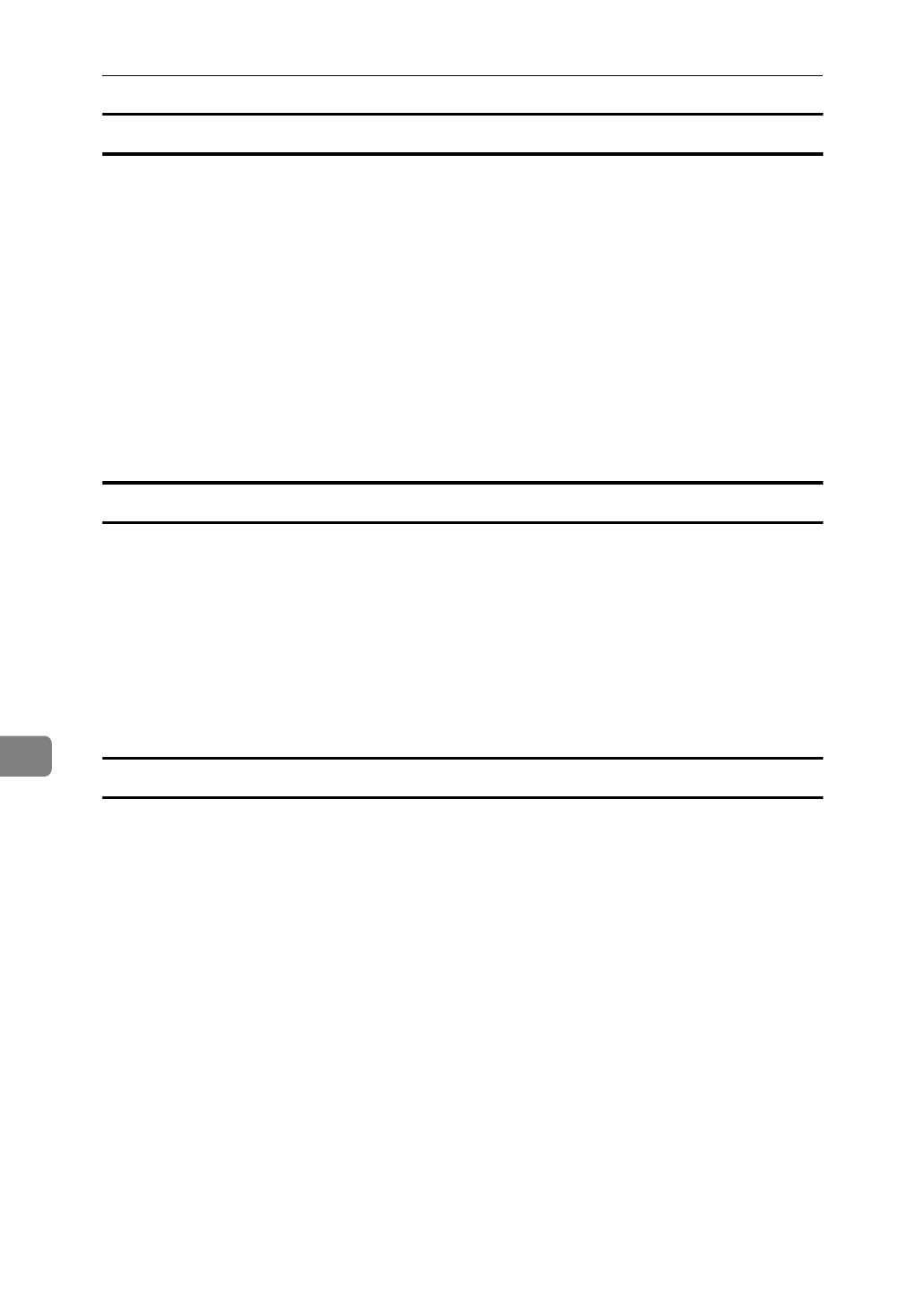
Paper and Other Media
90
8
Cautions in loading paper
• Use only the recommended paper types. Print quality cannot be guaranteed
if other paper types are used.
• Do not use paper that is already printed on.
• When loading paper into the paper tray or the Large Capacity Tray RT36,
confirm that the top of the stack is not higher than the limit mark inside the
tray.
• When loading paper onto the bypass tray, confirm that the top of the stack is
not higher than the limit mark of the paper guide.
• When loading paper into the paper tray, confirm that print side is facing up.
• When loading paper onto the bypass tray or the Large Capacity Tray RT36,
confirm that print side is facing down.
Cautions in storing paper
Paper should always be stored properly. Improperly stored paper might result
in poor print quality, paper misfeeds, or printer damage.
Follow the following precautions.
• Avoid storing paper in humid areas.
• Avoid exposing paper to direct sunlight.
• Store on a flat surface.
• Keep open reams of paper in the package in which the paper came.
Paper types and cautions
❖
Plain paper
• If you print on paper heavier than 105 g/m
2
(28 lb), use the bypass tray.
The bypass tray can hold paper up to 157 g/m
2
(42 lb) in weight.
• When loading paper heavier than 155 g/m
2
(41 lb) onto the bypass tray, set
the printer to the Thick Paper mode using the operation panel. ⇒ P.129
“Using the Operation Panel”
• If paper is curled or bent, correct it before loading.
❖
OHP transparencies
• Load only one OHP transparency at a time onto the bypass tray.
• When loading OHP transparencies onto the bypass tray, set the printer to
the OHP sheet mode using the operation panel. ⇒ P.129 “Using the Opera-
tion Panel”
• Be careful not to touch the print side of the OHP transparencies. Other-
wise, the print side gets dirty or damaged, and results in poor print quality.
• When printing on an OHP transparency that has a print side, load it face
down onto the bypass tray.
